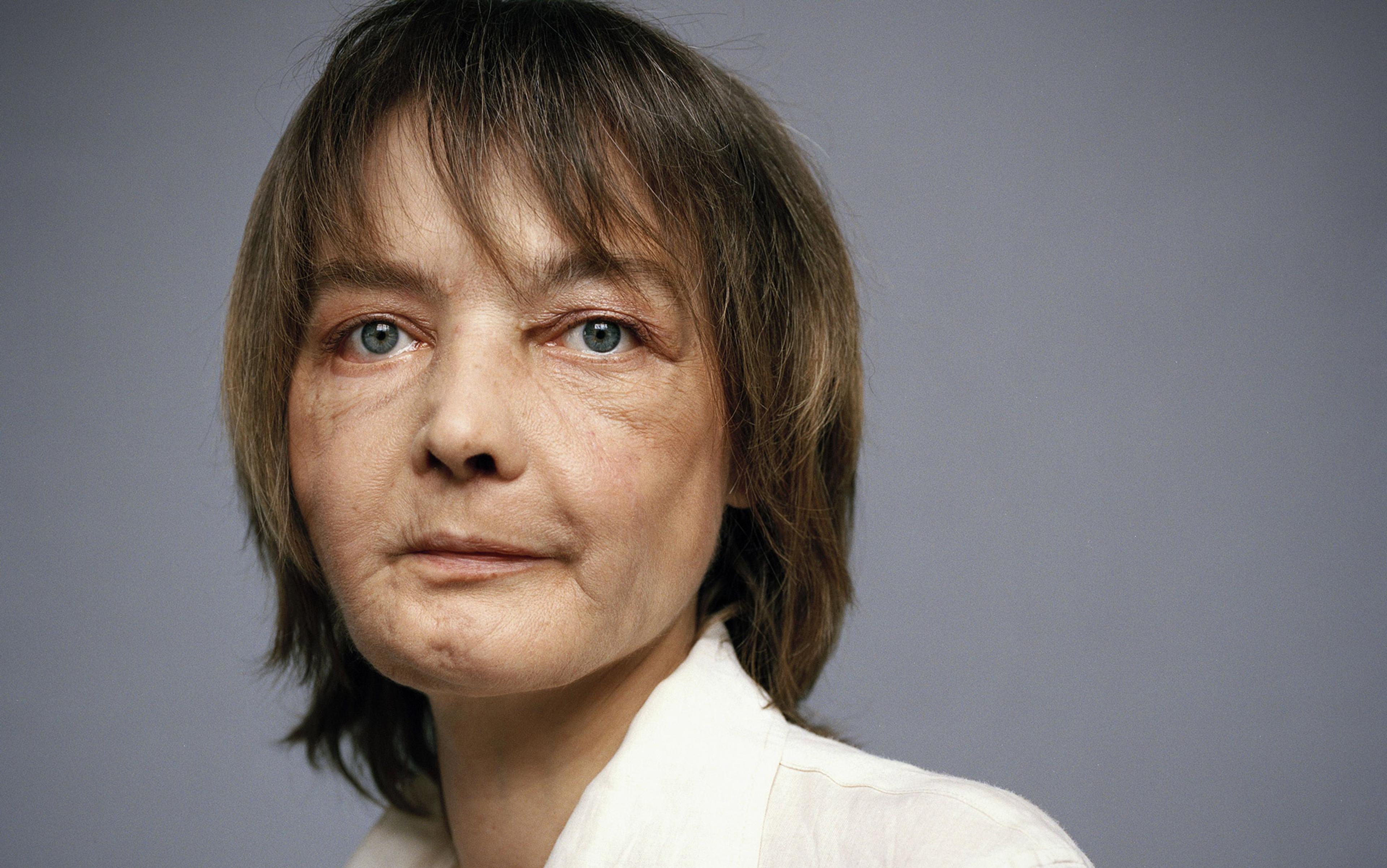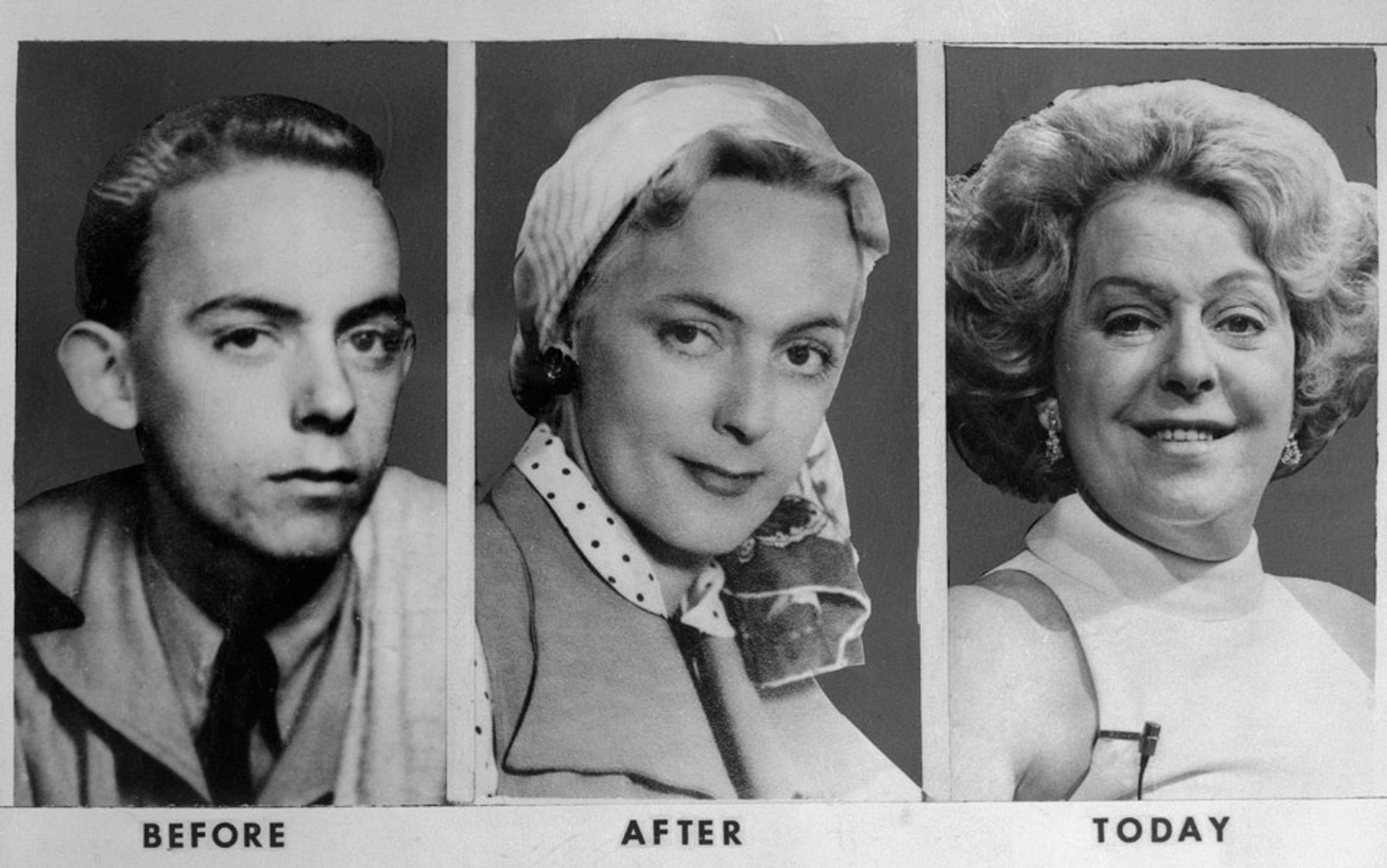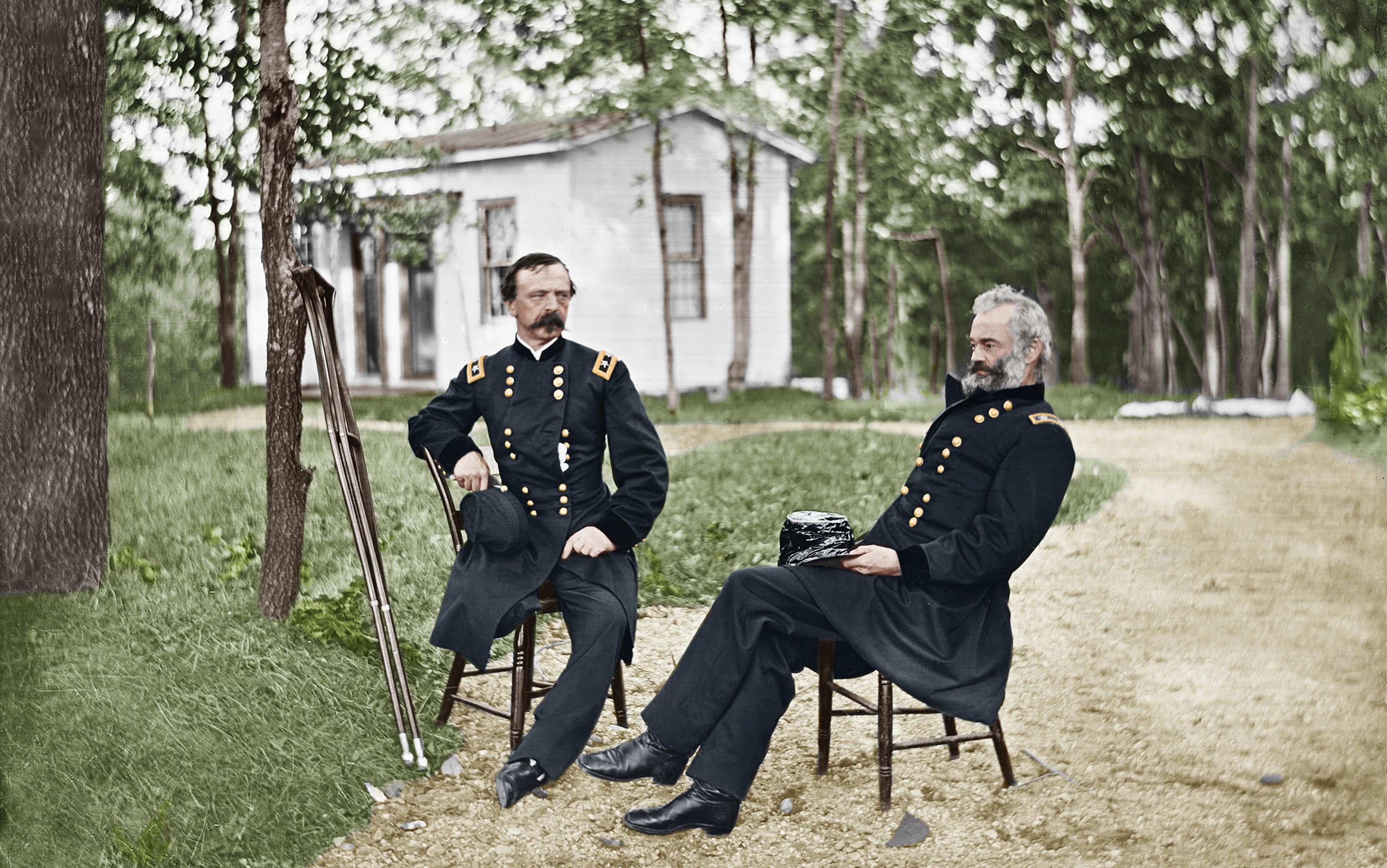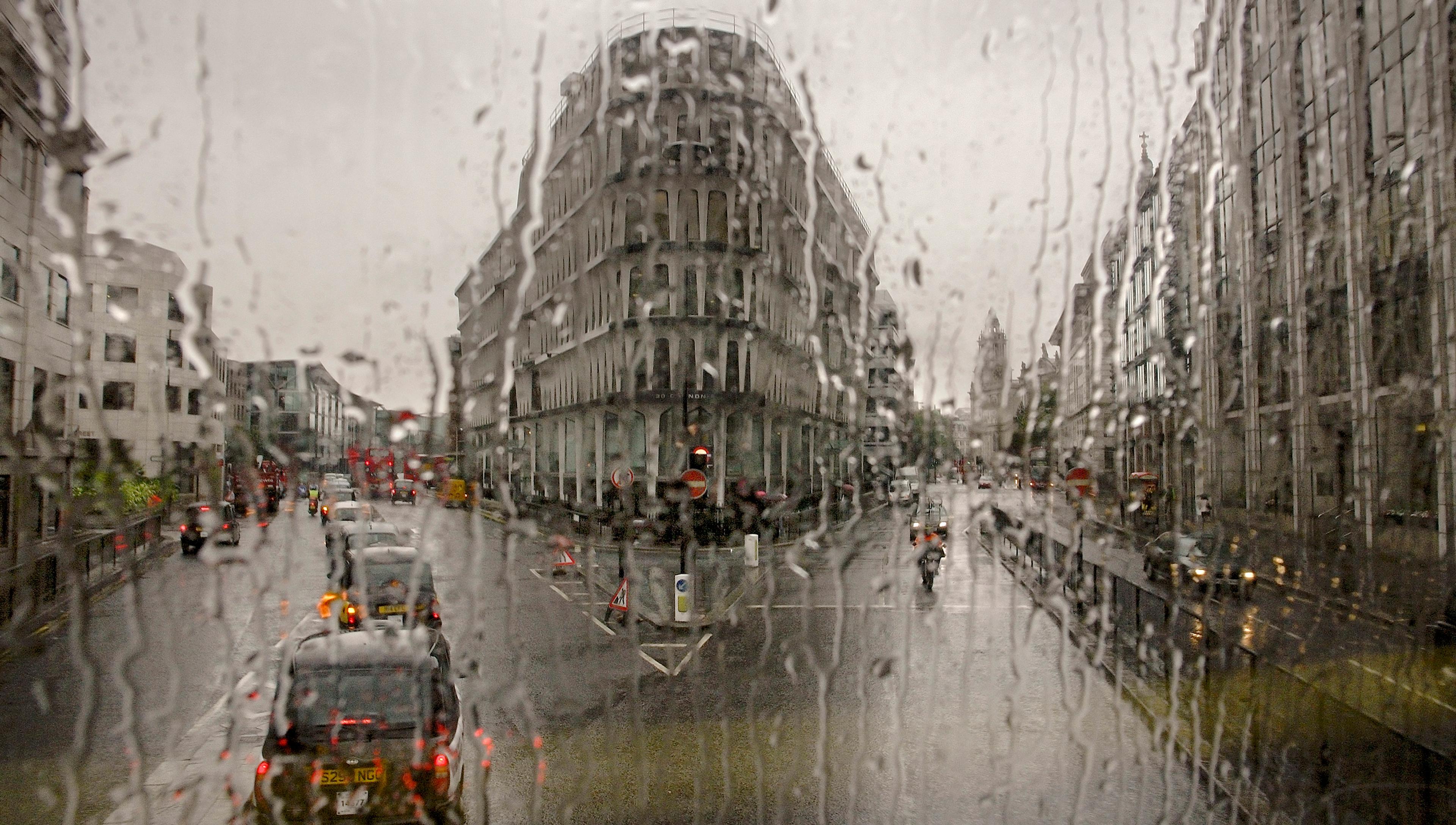In 2005, Isabelle Dinoire received a partial face transplant after being mauled by her dog. Although Dinoire had her procedure less than seven months after her disfigurement, the operation was a long time coming. Surgeons had the technical expertise to perform a face transplant from at least 1998, when the first successful hand transplant was performed in Lyon, France. Many doctors predicted that face transplants would follow soon after.
The doctors were wrong.
The delay was caused not by medical or technical challenges, but by bioethical and perceptual ones: bioethicists were concerned that the risks of the surgery and the dangers posed by the immunosuppressant medication needed to prevent rejection of the transplanted face would outweigh the benefits. Doctors were concerned about the public reaction to the manipulation of something held to be fundamental to individual identity.
The doctors were right.
Public outcry was intense, heated, and – initially – strangely unfocused. People were deeply unsettled by the procedure, likening it to science fiction and experimentation gone wild. For example, on 6 December 2005 a Daily Mail columnist asked: ‘Isabelle’s New Face: Is It Moral?’ But while the need for limits on the application of medical possibility could be articulated, it was rare to find someone who could explain precisely why this surgery was so very problematic. At the heart of the debates was a very deep discomfort with manipulating the face, not just by changing it (itself a fraught topic) but by using the face of another person entirely. After she had the transplant, who was Dinoire – the person she was before, or the person whose face she now walked around with every day? Face transplants reveal our deepest-held notions of the relationship between face and identity, and fundamentally challenge them. That’s hard to explain, or even to identify as a concern. Which is to say: the objections to the surgery were rooted in feelings, not in facts, though facts were to follow, providing a comfortable place for the discomfort.
Dinoire’s personal information was released to the press quickly after the surgery, and the subsequent outcry found a focus in her own biography: as a survivor of a suicide attempt, many claimed that Dinore surely was not an ideal candidate for this psychologically (if not biologically) pathbreaking and unpredictable intervention. Simply put, she was probably not mentally equipped to withstand this kind of second chance. A more robust ethical process would not have allowed Dinoire’s candidacy.
Despite the seven years of waiting between technical possibility and surgical execution, Dinoire’s surgery was rushed. Her doctors seized upon the possibility of finally attempting a face transplant and, with somewhat shaky permission, proceeded with Dinoire. (The ethics board of the hospital in Amiens rejected a full-face transplant, but left a small window open for the possibility of a partial procedure, which is what Dinoire received with the transplantation of the ‘triangle’ – the nose, lips, and chin.) The Cleveland Clinic, an academic hospital in Ohio, had secured institutional review board (ethics) approval for a face transplant in 2004, but waited another four years to do this surgery as part of a multi-pronged strategy that included careful advance PR, articles in both the surgical and bioethical literature, and patience for the right candidate and the right donor. Connie Culp received a partial face transplant at the Cleveland Clinic in December 2008 after being shot in the face by her husband. Prior to the surgery, she underwent numerous reconstructive operations and lived with her disfigurement for four years.
Reactions to Culp’s surgery and the relatively few transplants that followed (around 37 to date) were dramatically different to the initial backlash following Dinoire’s procedure. In the three short years between Dinoire and Culp, attention shifted from the potentially dangerous (if unclear) possibilities opened up by this intervention to a reflection on the ways in which it transformed recipients’ lives for the better.
Except not exactly. The initial journalistic reaction to Dinoire’s surgery was considerably more open-minded than later coverage would suggest, as early reports did focus on the groundbreaking nature of the operation and the benefits it would afford to the recipient. At that point, she remained anonymous. It was only when details about Dinoire and her surgeons emerged that the stories shifted to discussing ethical critiques of the candidate’s mental health, the speed with which Dinoire was approved, and whether the surgery itself was, in the end, worth it.
To be absolutely clear on the bioethical objections and medical risks: recipients of most transplants (corneas excepted) have to take immunosuppressant medication so that their bodies will not reject the foreign tissues. These medications make people vulnerable to a whole host of illnesses by dampening their immune systems and are themselves carcinogenic. Given that face-transplant recipients would have to take these medications for the rest of their lives (or so it seemed at the time, although Carmen Tarleton, a face-transplant recipient in 2013, is on another experimental chemotherapy regime), many bioethicists argued that the surgery made relatively healthy people sick. Indeed, Dinoire died a little over a year ago from cancers related to her anti-rejection medication. Her transplant might have made her well in one sense, and sick in another. It depends on how illness and wellness are defined.
Face-transplant surgery is usually based on a more expansive definition of health, one that in some ways prioritises mental health, wellbeing and reduced pain over some measures of physical health. Discussions of how to define mental and physical health and their relationship to the classic risk-benefit analysis have long accompanied medical interventions. Face-transplant surgery actualised in very real ways the notion that wellness extends beyond, and maybe sometimes at the expense of, biological markers. Without this surgery, potential recipients – even those with robust immune systems and cancer-free bodies – could not be considered well.
But even this is tricky, because that definition of ‘well’ rests entirely on the individual; some, indeed many, people with disfigured or missing faces feel themselves to be absolutely well. They would not want the surgery, maybe because of the risks it poses, or maybe because they don’t experience the condition of their faces as rendering them unwell. If there is a problem, it does not lie with them.
In the years between the surgeries of Dinoire and of Culp, that tricky question of how to define wellness became a lot less tricky. Over time, it became even less tricky still, because the narrative around the surgery became less about need, and more (much, much more) about possibility, as framed by what kind of lives people without faces could lead. And what kind of lives they did lead after they got new ones.
They led better lives. That’s what the US television coverage emphasised. A more publicly palatable face means a better (public) life. In a post-surgery interview with Culp on Good Morning America in May 2009, the voiceover notes that, in the past: ‘She’d frighten young children if she tried to leave the house.’ But after the surgery, Culp went to a mall and ‘no one looked’ (except the television cameras). As Culp herself said: ‘Everything’s gonna be great from here on out.’ An important part of Culp’s newly great life, she is careful to note, is her change in attitude. She realised: ‘It doesn’t matter what you look like.’ Within certain acceptable parameters, of course.
The face transplant becomes a way to make people better, by making them more palatable in public
The shift towards an expanded understanding of wellness is, on the one hand, very meaningful and important. The fact that face transplants are performed with increasing frequency and complexity and decreasing debate is a laudable change, both medically and socially. The most recent face-transplant recipient is Andy Sandness from Wyoming who, like Dinoire, damaged his face during a suicide attempt. Media coverage of the transplant in 2017 emphasised the technical details of the procedure and the deep benefits it offered Sandness in giving him anonymity in a crowd. People reported that ‘Sandness says he realised the transplant was a success three months after the surgery when a little boy looked at him and didn’t appear scared.’ Gone (almost entirely) was the initial angst about the horrific nature of the intervention, the evaluation of the candidate’s mental fitness, and the critique of doctors pushing ahead with progress with no attention paid to its ramifications. But the challenges around being visibly different in public remain. It is significant that notions of wellness include the ability to lead a public life free from being labelled monstrous; it is problematic that visible difference can still equate for monstrosity, and that it is, for some, so debilitating that it renders them unwell.
The growing acceptance of the surgery is due in part to the passage of time. People have had face transplants, and the world didn’t end. Recipients (as they are careful to emphasise in their post-operation interviews) still feel very much like themselves. And, despite their post-transplant faces being a blend of their original features and those of their donors, some even feel that they look very much like themselves: certainly more like themselves than they did with no face.
After his surgery in 2009, James Maki from Boston said in an interview on Good Morning America: ‘I didn’t think there was any big change… It was like I’m looking in a mirror and that’s what I see. I see my old self.’ Face-transplant recipients are still individuals, still have a sense of identity, are still very much their own unique people. The post-apocalyptic sci-fi future foreshadowed in the many films and novels featuring face transplants hasn’t come to bear. The face transplant is no longer a dangerous and weird mechanism to upset the order of identity. Instead, it’s a way to make people well, or at least better, by making them more palatable in public. The definition of wellness has expanded, true, but the framework for acceptable appearance has become only more narrow. In another possible world, face transplants could have shown the way forward to a new and radical understanding of the limitations of using the face as the representation of identity. They haven’t.
Face transplants could be radical. They could transform the way we think about the relationship between the face and what lies beneath. They are different to extreme cosmetic interventions such as whole-face tattoos, or plastic surgery that makes people into animals (à la Jocelyn Wildenstein, ‘the cat woman’), or human Barbies (eg, the beauty queen Valeria Lukyanova), or human zombies (eg, the tattooed fashion model Rick Genest). These kinds of procedures are designed to suture a gap between who a person experiences herself to be and how she looks. A radical understanding of the face transplant would explode that gap entirely. Face transplants could still fundamentally redefine the relationship between body and character, between identity and appearance, between who we are and how our bodies determine the ways we are expected to be. Face transplants have the potential to lay bare the ways in which a person’s facial features, skin colour and disfigurement lie on the surface, and don’t have to be directly correlated to the person’s depth.
But instead of representing a radical reorganisation of the relationship between appearance and identity, face transplants became a form of makeover surgery. Not a seamless one, of course: face-transplant recipients have considerable recovery time and will always have some scarring, though visibility differs across cases. The surgery is not, as it stands, a cosmetic solution for people looking to change their current faces in order to look younger, or to evade detection, or to experiment with another way of being in the world. It’s impractical to have recipients choose their faces, given the expense, the scarcity of donors, the anti-rejection medication regimes and, of course, the final outcome. Face transplants are impressive interventions, but they’re certainly more obvious than non-transplanted non-damaged faces. It’s not that kind of makeover. But it is a makeover nonetheless.
We think that our faces are indexical to who we actually are on the inside. Makeovers, especially television makeovers, justify changes to how people look by claiming a kind of mismatch between what their current appearance is and who they are inside. According to this logic, makeovers become a necessary intervention and, indeed, a personal obligation to bring appearance and identity into alignment, upholding traditional racial, gender, class and ability biases around the meanings behind how people look. Even better if the eventual appropriate alignment is achieved by hard work and at least one personal epiphany, the new self will then be earned. No shortcuts or cheating here! And, of course, people should absolutely have autonomy over their bodies and appearance. So too with face transplant recipients, who should absolutely be lauded for insisting on their right to determine what best makes them well. The increasing acceptance of face transplants signals an important shift in patient self-determination; at the same time, it reflects the particular pressures we place on appearance. Both of these realities can be true at the same time.
The narratives around face transplants have become significantly less hesitant, accepting almost wholesale the notion that these transformative interventions are transformative largely in terms of how others treat the recipients rather than in who they actually are, and rightly so. The question of confused identity and its possible manipulation seems to have vanished. Concerns around the medical risks posed by the surgery and its medication regimes are no longer central points of debate. The idea that the very notion of identity is challenged through these surgeries is not at issue. Surgery remains a medical marvel, maybe even a medical miracle, but it’s no longer a source of fear or deep discomfort.
The message is clear: messing with faces means messing with minds
Instead, it’s become a story about changing appearance, and a fairly traditional one at that. It is difficult to claim that the new faces of the recipients accurately place identity and appearance in alignment, given that the donors are selected on the basis of medical and age compatibility, and are highly in demand. Recipients wait for an appropriate donor, often for very long periods of time. How the donor looks is simply not part of the equation. In the case of face transplants, what matters is getting a face at all, not whether that face more accurately reflects the character of the recipient. However, interviews with recipients underscore they ways in which their entire experience of living was fundamentally challenged while they lived with seriously disfigured or absent faces, which absolutely impacted their identities. A face – any face – brings their lives back into alignment by bringing their lives back. That’s hugely valuable and should not be in any way denigrated. At the same time, the media emphasis only on renewed life is a missed opportunity.
Instead of drawing attention to how problematic the treatment of people without faces or with disfigured faces is, the media discusses how much better life is with a new face. And while that is true, and fundamentally important, it’s also a missed opportunity to explore the roots of our discomfort with disability, or commitment to judging others by their faces, and our unwillingness to embrace new ways of conceiving of identity as being rooted in something other than facial features and how they appear. We are unwilling to conceive of the identity of others as being rooted in something other than their face. Any alteration to that and how it looks must either be in service of keeping it looking the same (as in anti-ageing, fighting the changes) or it must be earned through hard work, personal transformation, and the nobility of suffering. That’s not radical at all.
Face transplants, despite their long history in cultural productions such as film and literature, are still relatively new. The first one was carried out only a dozen years ago. But even in that short time, there has been a remarkable and remarkably quick consolidation of the narrative around them. The films and stories about face transplants are largely about uncontrollable hybrid monsters who often go mad. The message is clear: messing with faces means messing with minds. Identity, as rooted in the face, needs to be stable for personal stability. These narratives both reflected and primed the unsettled initial reactions to Dinoire’s surgery. The sense – largely unarticulated – that perhaps it would not be so, that perhaps faces could be fundamentally changed, even into those of others, and yet stability could remain intact, underlay much of the backlash to the surgery. When details of Dinoire’s personal story were released, that backlash got a clear and more easily expressed location.
This phase of reception passed surprisingly quickly. Face transplants and changing attitudes to them now have a history. While the technical procedure itself remained stable, the process was reimagined as a technique that brought the self into alignment with outward appearance rather than challenging that very relationship. That’s one potential change: others could reimagine the role of the face entirely, and see the transplant as a kind of prosthetic designed for a different function beyond adhering to traditional notions of appearance. Leg prosthetics used to be designed to fulfil in the first instance the goal of being invisible. Now they often enhance functionality as highly visible blades. Face transplants do, of course, serve functional purposes: they help people to eat by giving them lips, they help people to smell by giving them noses, they help people to once again experience facial touch. And they help people to function in public as humans rather than monsters. They help people look as if their faces accurately reflect their identities. But it is that aspect of face replacement that could have been reimagined entirely.
Instead of recognising the radical potential of the surgery, news coverage of the recipients and their stories domesticates the surgery into something much more traditional, and much more familiar: the classic makeover. According to these narratives, facelessness is so debilitating that no one deserves it. To avoid this fate, any and all risks can be taken, including those posed by the surgery and its medications.
In many ways, this embrace of mental health is a huge and important step in recognising and reorienting the meaning of wellness. But it also forces a potential redefinition of the self – one that is not contingent on the face – out of the picture. Our current relationship to face transplants reaffirms the value of the face as a way to know a person by insisting that the best way for a person to be known is to present the world with a palatable face. Such surgery has undoubtedly changed many lives for the better, but in an ideal world it is society that would be transformed so as to have a more generous sense of acceptable appearance.






